The Best Free AI Resume Builder | Mahad Resume by Mahad Group
The Best Free AI Resume Builder: Transform Your Job Search with Mahad Resume. In today’s competitive job market, your resume is more than just a document; it’s your first impression, your career story, and often the deciding factor between landing an interview and getting overlooked. Research shows that candidates who use AI assistance in resume writing are eight per cent more likely to be hired, making intelligent resume creation tools essential for modern job seekers. Enter Mahad Resume by Mahad Group, a revolutionary platform that combines artificial intelligence with professional design to help you create compelling, interview-winning resumes in minutes.
What Makes Mahad Resume the Ultimate Free AI Resume Builder?
Free AI Resume Builder stands out in the crowded landscape of resume creation tools by offering a completely free, comprehensive solution that doesn’t compromise on quality. Unlike other platforms that hide essential features behind paywalls, Mahad Resume provides full access to AI-powered content generation, professional templates, and advanced customisation options at no cost. This commitment to accessibility reflects Mahad Group’s mission to democratize career success tools for everyone, regardless of their budget.
The platform leverages cutting-edge artificial intelligence to analyse your work experience, skills, and career objectives, then generates tailored content that speaks directly to hiring managers. Whether you’re a recent graduate crafting your first professional resume or an experienced executive seeking to update your application materials, Mahad Resume tailors to your unique needs. Frequently asked questions
How AI Technology Revolutionises Resume Writing
Traditional resume creation can be overwhelming. You stare at a blank page, wondering how to describe your accomplishments, which skills to highlight, and how to format everything professionally. Mahad’s Resume eliminates this stress through intelligent automation. The AI analyses job descriptions, identifies critical keywords, and suggests compelling bullet points that showcase your achievements effectively.
Free AI Resume Builder: According to the U.S. Bureau of Labour Statistics, the employment landscape continues to evolve, with professionals across all industries needing strong application materials. The platform’s smart algorithms ensure your resume includes industry-specific terminology and quantifiable achievements that capture recruiters’ attention. Research indicates that hiring managers spend an average of just six seconds reviewing each resume, making professional formatting and strategic keyword placement crucial for success.
Key Features That Set Mahad’s Resume Apart
Intelligent Content Generation: The free AI resume builder analyses your career history and automatically generates professional descriptions for each role. Simply input your job title and basic responsibilities, and watch as the AI transforms them into compelling bullet points that highlight your impact and achievements. Free online resume builder.free version
ATS-Friendly Templates: With 98 per cent of Fortune 500 companies using Applicant Tracking Systems to screen applications, having an ATS-compatible resume isn’t optional—it’s essential. Mahad Resume offers a curated collection of professionally designed templates that pass automated screenings while maintaining visual appeal for human reviewers.
Real-Time Optimisation: As you build your resume, the platform provides instant feedback on keyword density, formatting consistency, and content quality. This real-time guidance helps you create stronger applications without needing professional resume writing experience.
Multi-Format Downloads: Export your completed resume in PDF, Word, or plain text formats, ensuring compatibility with any application system or employer requirement. The platform maintains perfect formatting across all export options.
Customisation Flexibility: While the AI provides excellent starting points, you maintain complete control over every element. Adjust fonts, colours, spacing, and layout to reflect your personal brand while staying within professional standards. Resume in minutes
The Mahad Group Advantage: More Than Just Resume Building
Mahad’s Resume represents just one component of Mahad Group’s comprehensive career development ecosystem. As part of a larger network of professional tools and resources, users benefit from integrated solutions that support every stage of their career journey. The platform seamlessly connects with other Mahad Group services, providing a holistic approach to professional advancement.
Free AI Resume Builder: This interconnected ecosystem means your resume data can inform other career tools, streamlining your entire job search process. From application tracking to interview preparation, Mahad Group’s suite of products works together to maximise your employment success.
Why Choose a Free AI Resume Builder Over Premium Alternatives?
Many job seekers hesitate to invest in resume services, especially when between positions. Mahad Resume eliminates this barrier by offering premium features without subscription fees. This approach reflects a fundamental belief that financial constraints shouldn’t limit access to essential career tools.
Research suggests that 41 per cent of recruiters prioritise skills when reviewing applications, and 36 per cent of them use AI for resume matching. Mahad Resume ensures your application highlights the right competencies in formats that both automated systems and human reviewers appreciate, all without requiring payment.
Getting Started: Your Resume in Three Simple Steps
Using Free AI Resume Builder couldn’t be easier. First, select from professionally designed templates that match your industry and career level. Next, input your information using intuitive prompts, allowing the AI to generate polished content suggestions. Finally, customise colours, fonts, and layouts to reflect your personal brand, then download your interview-ready resume.
The entire process typically takes less than fifteen minutes, though you can spend additional time refining details to perfection. The platform saves your progress automatically, letting you return and make updates whenever needed.
The Future of Job Applications
As artificial intelligence continues transforming recruitment processes, staying ahead requires tools that understand both technology and human psychology. Mahad’s Resume bridges this gap, creating applications that satisfy algorithmic requirements while resonating with hiring managers on a personal level.
Free AI Resume Builder: The platform evolves continuously, incorporating the latest research on hiring trends, ATS algorithms, and recruiter preferences. This commitment to innovation ensures users always have access to cutting-edge resume strategies without constantly switching tools or paying for updates.
Building Success Through Better Resumes
Free AI Resume Builder: Your career deserves more than a generic template and crossed fingers. Mahad Resume by Mahad Group provides the intelligent assistance, professional design, and strategic guidance needed to create applications that open doors. Whether you’re making your first career move or your fifteenth, this free AI resume builder delivers the quality and functionality typically reserved for expensive professional services.
Visit MahadGroup.com today to experience how Mahad Resume transforms the traditionally stressful process of resume creation into a straightforward, even enjoyable task. Your next great opportunity is waiting make sure your resume is ready to seize it. This post by Mahad Resume



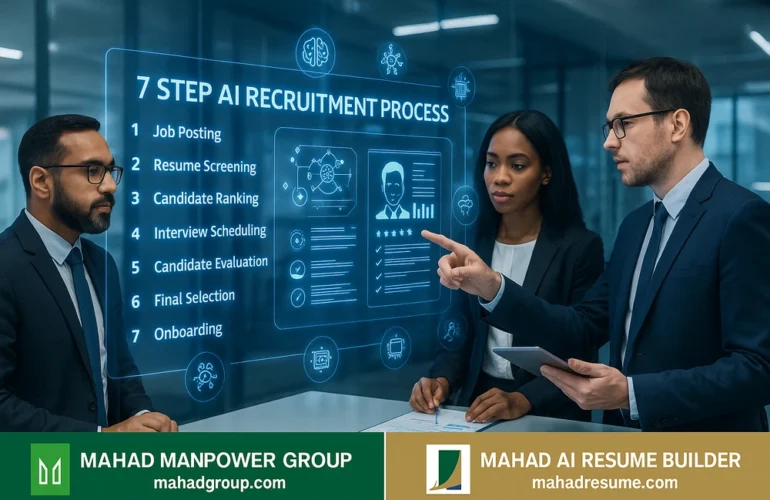
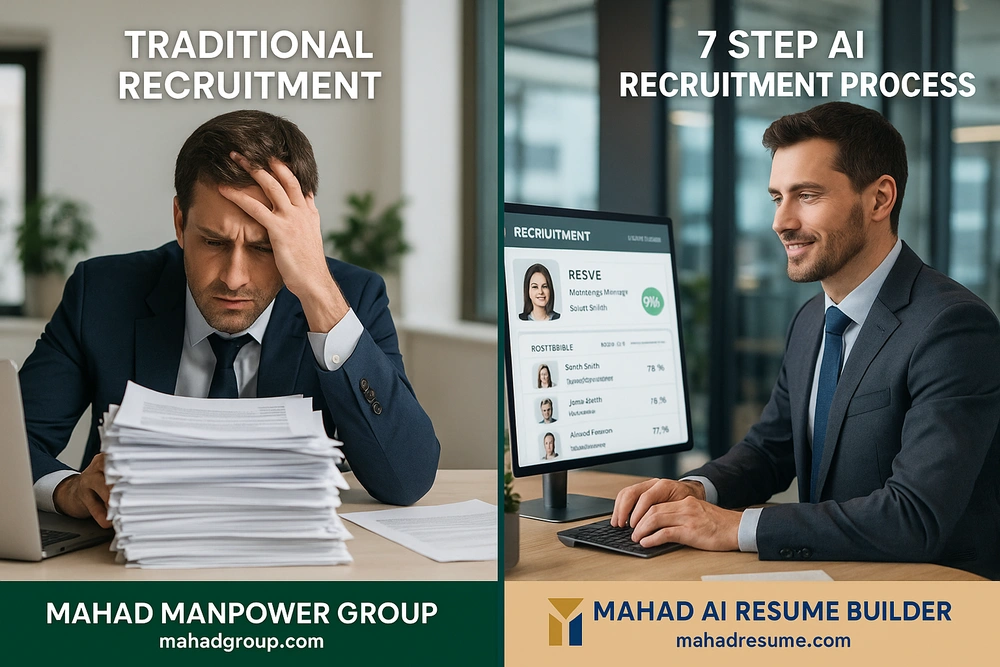 Step 4: AI-Powered Pre-Screening Assessments
Step 4: AI-Powered Pre-Screening Assessments
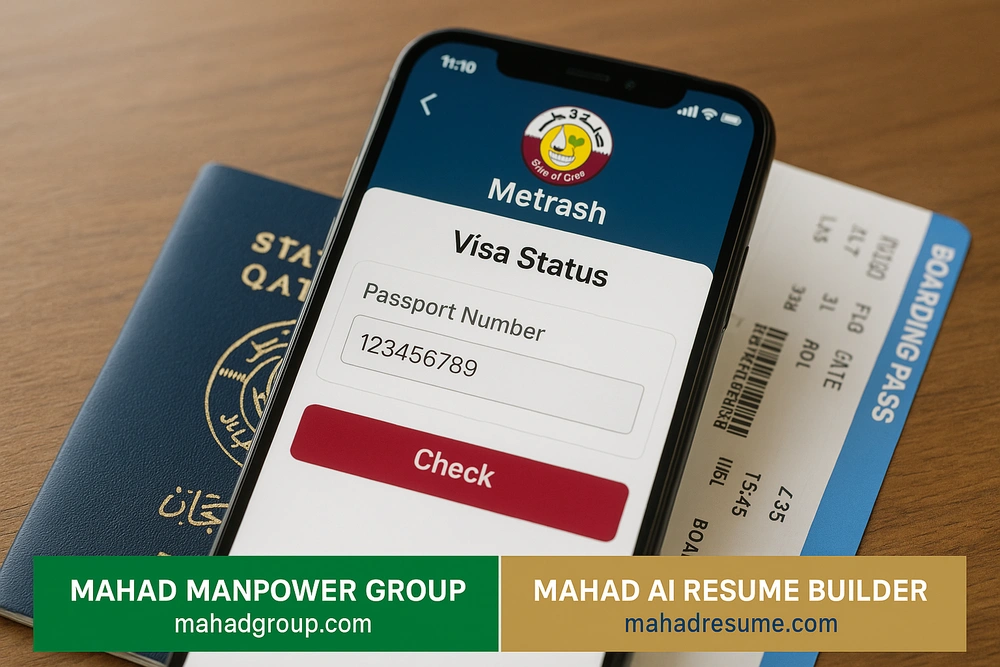 MOI Qatar Visa Check Mobile App
MOI Qatar Visa Check Mobile App

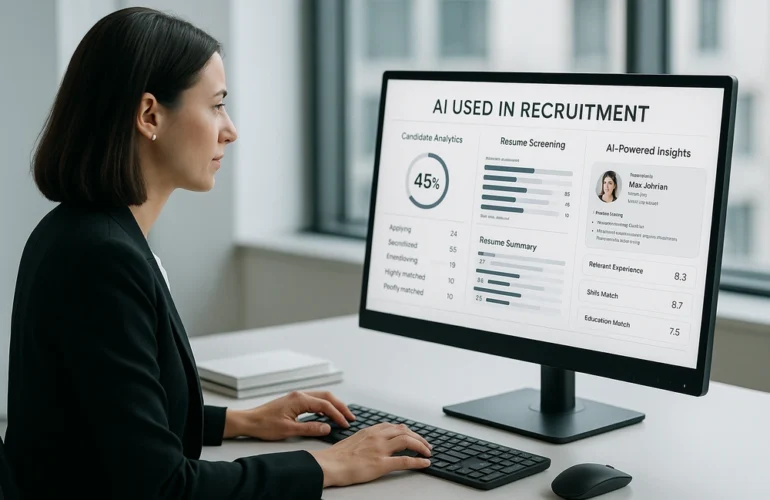




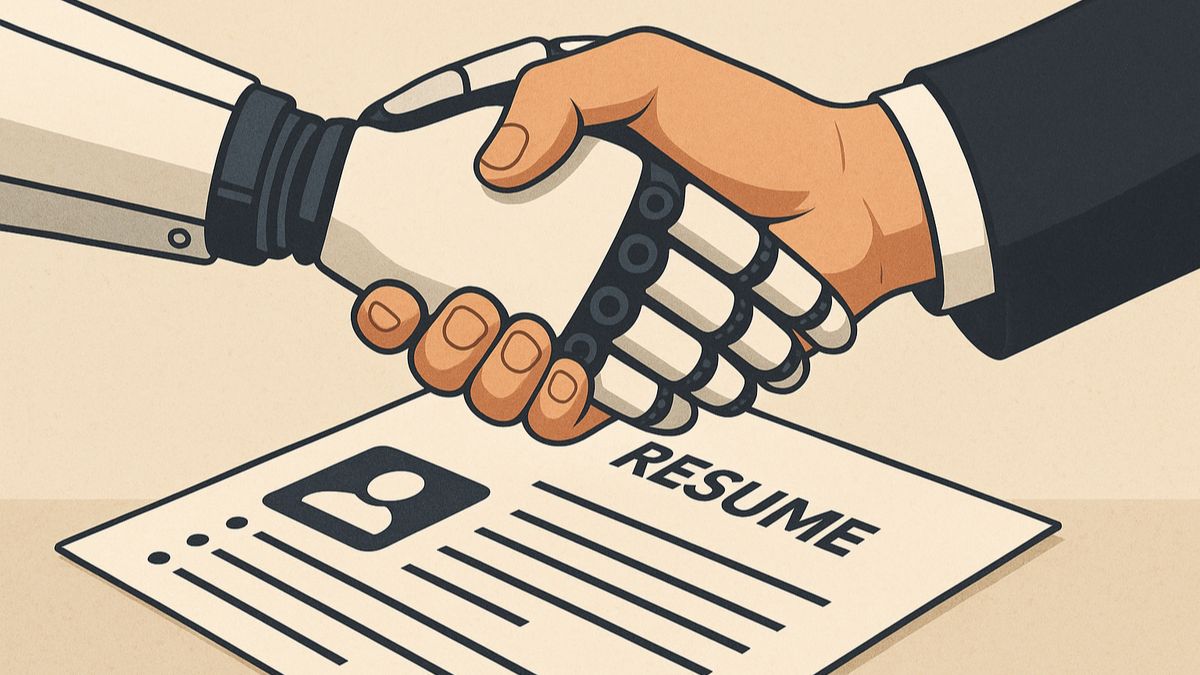 1. Empathy and Emotional Intelligence
1. Empathy and Emotional Intelligence